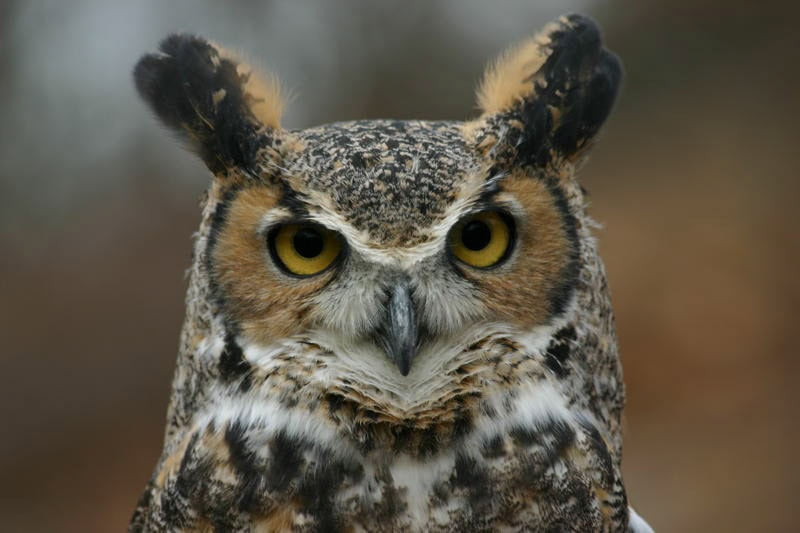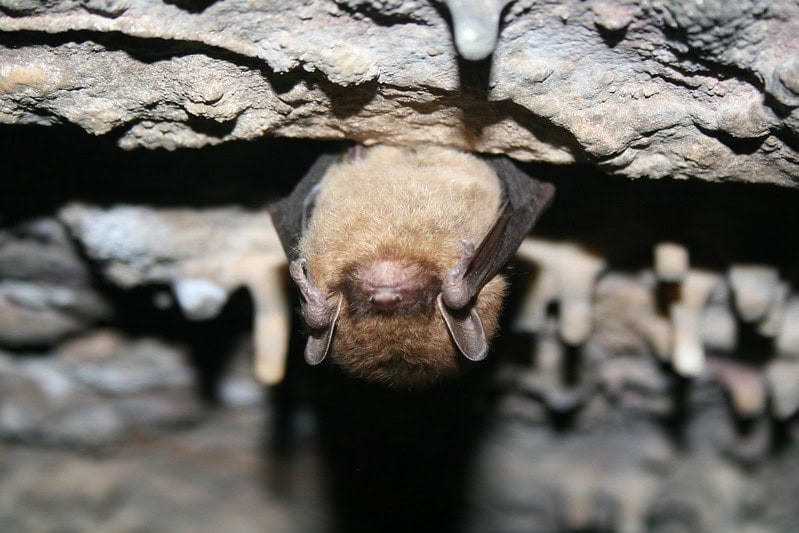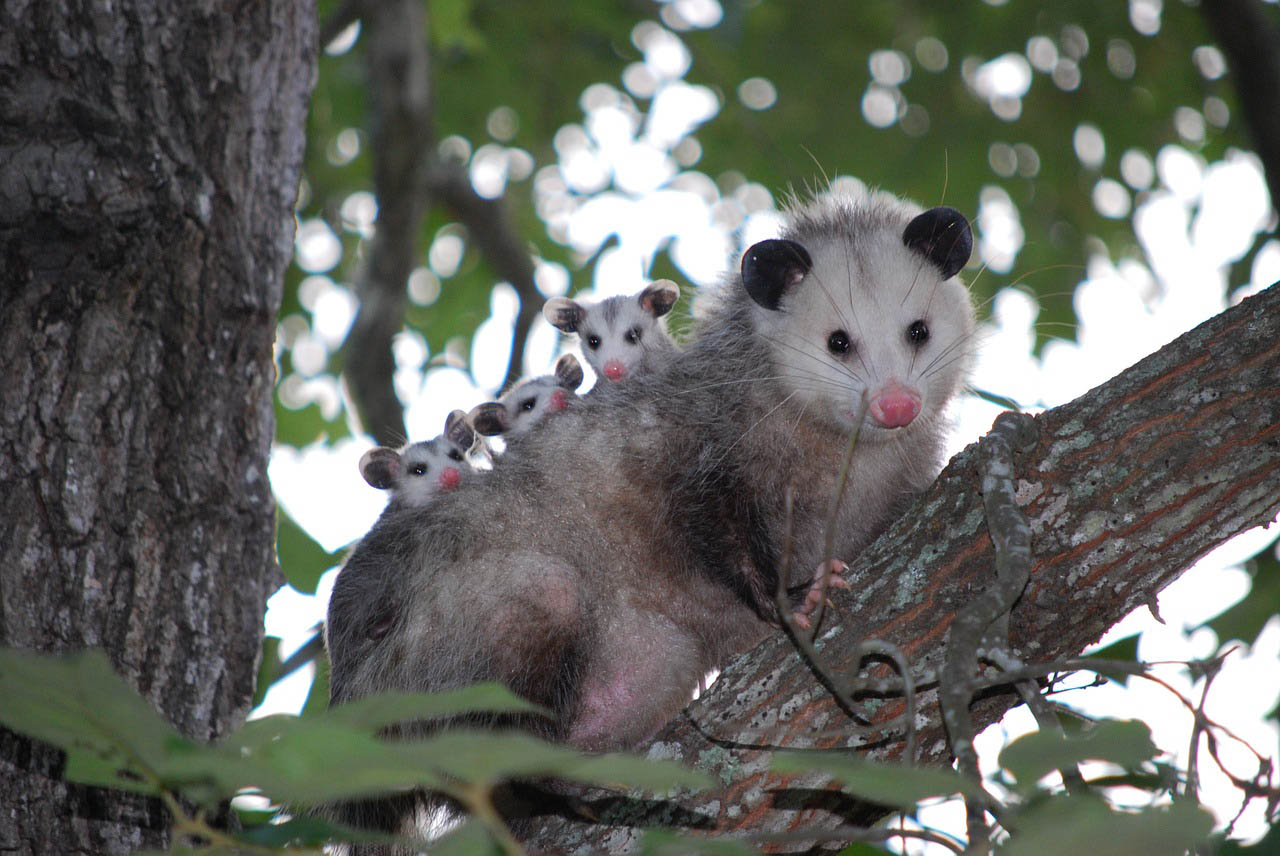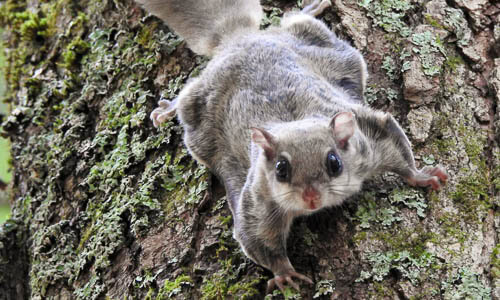Test your skills! Would you survive as a nocturnal animal?
Imagine being able to ‘see’ the world around you using only touch, smell, and sound.

While we may refer to ourselves as ‘morning people’ or ‘night owls’, all humans evolved to be active while the sun is up and rest during the night. There are many other animals, however, that evolved to do the opposite. These animals are called nocturnal and are most active during the night. Nocturnal animals have a number of adaptations that allow them to find food, water, and shelter with little to no light. While humans are highly dependent on our eyesight, nocturnal animals have to rely on all of their senses to navigate the world around them.
Imagine being able to ‘see’ the world around you using only your ears! Bats use echolocation to do just that: they emit a sound and wait for the sound to reflect back to them like an echo. Their brain quickly interprets these reflections and determines where everything is located in the world around them. (Contrary to popular belief, bats are not blind – they can see just fine during the day and in bright moonlight.)
Test your hearing – Put on a blindfold. Have someone stand across the room and make a noise. Can you point to where they are? Have them make a softer and softer noises and see if you can still find them. Now try making a cone out of paper and putting it against your ear to amplify the noise. Can you hear them better?
In late spring many bats come out of hibernation. Stand in your backyard and look for the Little Brown Bat (Myotis lucifugus) swooping back and forth to catch insects:

USFWS/Ann Froschauer
Smell is another critical sense for nocturnal animals. Opossums have an extraordinary nose, capable of finding their favorite foods like insects, plants, and eggs (though they’ll eat just about anything). They have about three times as many olfactory receptor genes as humans that help them sense and decode scents in their environment. Have you ever seen an opossum play dead? When threatened, they will involuntarily enter a coma-like state which may be accompanied by a terrible smell meant to convince predators they are already dead.
Test your sense of smell – Have someone put five different scents in five jars or cups (coffee, toothpaste, vanilla, orange, onion, etc.). Close your eyes and see how many you can identify using only your nose! Too easy? Try less obvious scents like mild soap, dirt, or hot sauce.
Did you know opossums are marsupials like kangaroos? In spring they can have litters of 6-9 ‘joeys’ that will live in their mother’s pouch for about 2 and half months.

Making your way in the dark also means avoiding obstacles and potential injury. How do you make sure you don’t walk into a thorny bush or large rock? Many nocturnal mammals have tactile sensory receptors in the form of whiskers that help them navigate and find food. The duck-billed platypus and echidna are the only mammals other than humans that do not have whiskers. These receptors are incredibly sensitive and can determine the shape, size, texture, and movement of the object they touch. The flying squirrel has particularly long whiskers on its chins, cheeks, and ankles that help it traverse the tree trunks, poles, and rocks they glide between in the dark.
Test your sense of touch – Take a paperclip and bend it into a ‘U’ shape. Close your eyes and have a friend gently press the two points of the ‘U’ onto your forehead, cheek, arm, back, and calf. Different areas of the body are more or less sensitive because they have more or less touch receptors. Where could you feel both points? Where did it only feel like one?
Despite their name, flying squirrels can’t actually fly. They glide through the air by spreading out their feet which allows the large flaps of skin on their sides, called patagium, to stretch into ‘wings’.

laszlo-photo/Flickr
These are just a few of the adaptations nocturnal animals use to survive. Can you think of any others?

About the Author
Nadya Hall
Nadya has her master’s in environmental policy with a focus on human-wildlife coexistence. She is passionate about the conservation of wildlife and wild places through science, advocacy, and environmental education.

